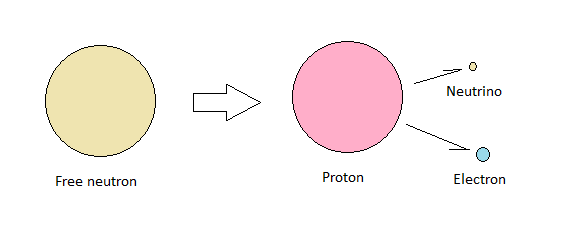Mass is a central concept in physics. Yet, when people go looking for it by…

Nuclear Binding Energy
In the physics presented here, energy is modelled as size at the subatomic. Specifically, it’s the surface area of subatomic particles.
Mass-energy equivalence
So, a stretched surface translates into an increase in energy. It also translates into an increase in inertia. Because inertia is related to how much time it takes to traverse a particle’s surface.
This explains why there’s a direct relationship between energy and inertial mass.
Binding energy as stretched surfaces
We can also explain why the inertial mass of a proton is about 3 times the inertial mass of its constituent parts. Because every electron and positron that makes up a proton is stretched to such an extent that their surface areas become 3 times what they are in their un-stretched state.
The inertial mass of a proton is therefore about 1800 times that of an electron, even though its constituent parts amount to 600 or so electrons and positrons. A mere one third of the proton’s overall mass.
The mass of a neutron
We can also explain why the difference in inertial mass between a neutron and a proton is more than twice that of an electron, even though a neutron is made up of exactly one proton and one electron.
The electron is stretched out across the surface of its associated proton. So much so that it ends up with more than double the surface area of its free state. Neutrinos trapped inside this configuration keeps the electron from laying flat across the proton. So, it protrudes like a small hill.
The binding energy locked up in the stretched electron accounts for the additional inertial mass.
Free neutron decay
When a sufficiently energetic particle disturbs this arrangement, the electron is released. It escapes from the proton at high speed together with an anti-neutrino. Its binding energy is in this way converted into kinetic energy.

This mechanism also applies to other unstable nuclear structures, such as uranium and plutonium. Kinetic energy is released when binding energies are broken.



Comments (0)